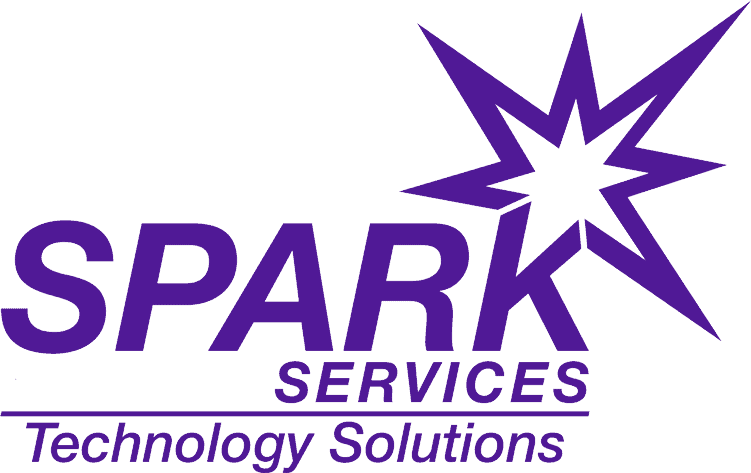Next-generation cloud applications are an appealing target for hackers. Organizations often use these applications to store and process high-volume sets of data, which are sensitive and years’ worth of records—corporations, security vendors, government-run event analytics, and real-time risk assessment programs. Retailers create vital e-commerce capabilities, run loyalty programs, and generate customized offers. Financial institutions store years of account records and create unified views of the customer. Although hackers demand payment in return for decrypting the files, the cost of data loss and downtime is much higher.
Data loss, downtime, and security breaches can cost companies their reputations and the loss of even their most loyal clients. Given the rapidly developing threat of ransomware, it is likely that even businesses with robust security technology and policies will be affected. Reliable backup and recovery have quickly become a vital line of defense against ransomware. It enables companies to roll back in time and recover files just before the infection with ransomware. An effective database backup and recovery solution makes it possible to go back to a particular point in time and restore part or all of the database from that point.
Even if the ransomware was dormant on the system, point-in-time recovery makes it simple to identify, quarantine, and recover from infections without losing information. Infrastructure teams must secure open ports whenever possible, change default settings that can leave databases vulnerable to attack, and ensure that authentication and access controls are handled in line with corporate policies.
What is ransomware?
Ransomware is a kind of computer malware that denies users access to their systems or data. It is a malicious code designed by cybercriminals to get unauthorized access to systems and data and encrypt that data to block access to legitimate users. Once the malware is activated, users cannot access their important data or use virtual machines. The cybercriminals demand a ransom before offering the decryption key to unlock the blocked program by locking the systems. However, if the ransom is not satisfied, businesses risk permanent destruction or public-facing data leaks controlled by the attacker.
What can you do?
To help prepare for a ransomware attack, you must have a plan in place before it happens. Mitigating ransomware risk exposure starts with a practical and comprehensive security strategy, including a data recovery strategy and business continuity.
Planning
This is a critical step to help a business optimize and balance costs and operational needs.
– Identify the files to back up: Prioritize the files based on business value. For instance, a business may not backup all files due to size, cost, or accessibility. In addition, various cloud services may need different backup techniques. For example, the data backup technique for an office collaboration platform may differ from a customer relationship management service. Finally, have multiple backup policies if the last backup gets overwritten with encrypted ransomware files.
– Determine file backup timing: Determine the maximum age of backup files to re-establish operations.
– Determine restoration time: Establish the desired timeframe to restore files and applications to minimize the negative impact on the business’s mission.
Storage Access and Management Security
Handling access controls and session security for access to the storage environment must be of paramount importance for enterprise users and cloud provider administrators. To protect against common security threats, such as ransomware, cloud storage must be assessed based on the following criteria:
– Are passwords saved in an encrypted format?
– Are there active user session timeouts?
– Can cloud storage management applications define granular roles and privileges?
– What kinds of secure connectivity are permitted to the cloud storage infrastructure?
Implementation
– Keep a set of systems wholly disconnected from the business network for use during a recovery situation.
– Physical diversity capability. Go for an alternative recovery site in case the primary facility is unavailable.
– Integrate appropriate technologies into operation.
– Maintain a copy of critical data, including security keys and passwords, in a separate, protected, and accessible location to facilitate recovery operations in the event of a data loss incident.
Following security best practices is a vital first line of defense in the fight against ransomware, but it is almost a statistical certainty that your business will eventually be attacked with ransomware; it’s not if, but when. There are too many exposed points for firms to secure without compromising functionality ultimately.
Therefore, businesses need to be prepared. Recovery and backup are critical components of any business’s overall ransomware defense strategy and are strong last defense against ransomware when it penetrates other security countermeasures. Companies need the right tools to protect applications, files, and databases against ransomware.
At SPARK Services, we offer enterprise backup solutions for small and medium-sized businesses. Together with our partners, we secure millions of devices and valuable data for companies and individuals worldwide who rely on us to ensure their crucial data is secure, applicable, and available. Get in touch with us today to learn more!




